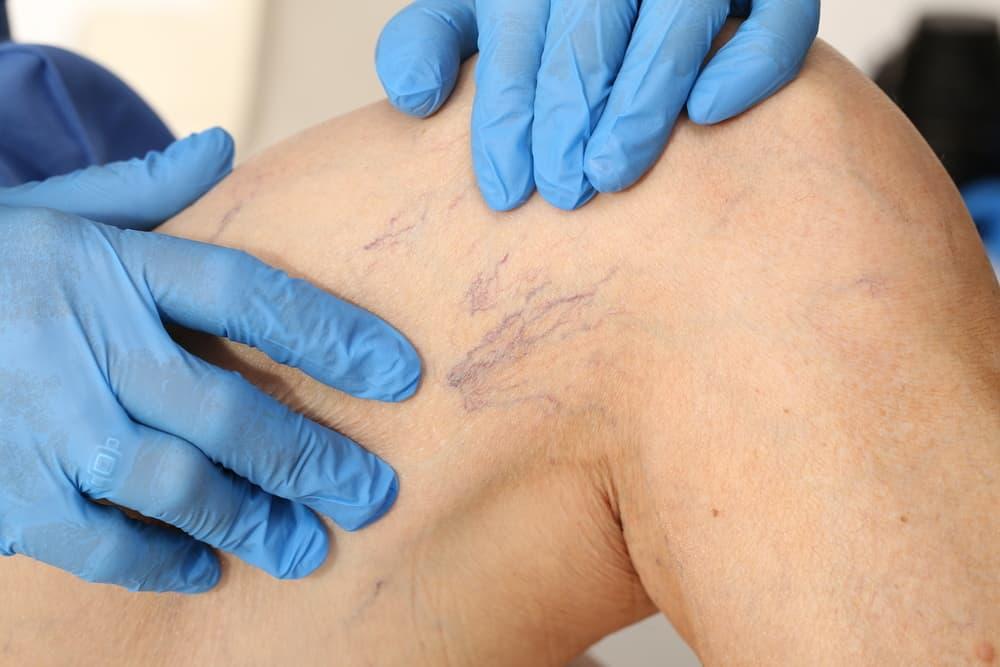Why Can Some People Have Similar Vessels of a Spider's Nest?
Spider webs are blood vessels that resemble varicose veins, but are smaller and closer to the surface of the skin. These veins are red, purple or blue, which twist and turn, looking like tree branches or cobwebs. These blood vessels are mostly found in the legs or face and can cover small or large areas of the skin.

What causes spider's blood vessels?
There are many factors that increase the risk of cobwebs, including aging, family history of spiderwebs, personal history of blood clots, history of vascular surgery, or use of birth control pills.
This condition is more often experienced by women due to hormonal changes during puberty, pregnancy, breastfeeding, menopause. People whose jobs require long standing periods such as salespeople, factory workers, nurses, hairdressers, teachers, are also at high risk of having spiderweb blood vessels. Lack of exercise and obesity are also factors of "spiderweb" blood vessels.
Signs and symptoms of spider nest blood vessels
The appearance of spider-like blood vessels on the skin is the clearest sign of this condition. In addition, most of these cases are also followed by a feeling of discomfort in the legs such as aches, cramps, burning, tingling, or heavy loads on the legs, especially when standing for a long time.
Less common symptoms are swelling, darkening of the skin and ulcers. These symptoms can be worse in women during the menstrual cycle or pregnancy.
Treatment options for cobwebs
Supporting stocking or compression
This is the most effective trick for dealing with complaints that come with spider veins. Use the right sized support stockings, uncomfortable symptoms can subside when the stocking puts pressure on the blood vessels. This stocking is available in under knee length, above knee, and pantyhose style, and can be purchased freely or by prescription.
Sclerotherapy
In this procedure, the doctor injects irritant chemicals (usually very high concentrated saline solutions) into the affected blood vessels, causing the blood vessels to become spasm and collapse inward. After that, sealed blood vessels can no longer carry blood and become injured tissue, then fade in the end.
Endovenous laser treatment
Small laser fibers will be inserted into the blood vessels. Pulsed laser light is sent into the blood vessels, causing the blood vessels to collapse and sealed to close. This procedure is performed on outpatients under local anesthesia. The doctor can also insert a small catheter into a blood vessel and send radiofrequency energy into the blood vessel wall, making it heat up and sealed shut.
Lifestyle changes
Good hygiene, relevant exercise and weight loss (if needed) can be very helpful in the treatment of spiderweb vessels.